Intro
As a person who loves permaculture and learns about it for years, I have decided to share with you all my knowledge gained during the volunteers on many farms from Poland and Spain to Chile and Paraguay and during my theoretical studies. Lessons will be published regularly, I share it totally for free of CC-0 license (which means you can copy my text and share it wherever you want to, without the need to mark me as an author). I hope it will bring you joy.
Lesson 1- manure and liquid manure
Lesson 2 - types of manure and when to use it
Lesson 3 - Compost. Basics
Lesson 4 - advanced composting
Lesson 5 - Liquid composts, solutions, infusions, decoctions and extracts
Green manure
Green manure is a fresh plant introduced into the soil to increase its fertility. Most often it is used to increase the amount of nitrogen in the soil with the help of legumes, living symbiotically with nodule bacteria that fix nitrogen from the air. A less common practice is sowing plants with a deep root system, which loosens the soil and extracts minerals, not only nitrogen, from the deeper layers of the soil to the top layer.
The use of green manure consists in sowing the plants every time the soil would become fallow, mowing them (usually before they reach their maximum height), and covering them with a thin layer of soil / digging. After applying green fertilizers, it is usually recommended to suspend sowing subsequent plants for about 3-5 weeks, because the compounds released in the first phase of decomposition of most species inhibit germination.
Green fertilizers also include sowing phytosanitary plants, i.e. plants that inhibit the development of diseases, deter pests, and have a pro-health effect on the surrounding vegetation. We will talk about them in the next lesson.
Perennial nitrogen-fixing plants can be planted next to fruit trees and shrubs. After each cut, we use the removed plant fragments as mulch.
The nitrogen content in the soil, apart from standard tests, can be superficially checked by observing the presence of indicator species in larger clusters:
Nitrogen content in the soil
0.low:
- Viola Tricolor (wild pansy)
- Common Heather (ling)
1.average:
- Slender Meadow Foxtail (black-grass)
- Parsley Piert
- Sea Mayweed (False Mayweed)
2.large:
- Cleavers (Catchweed)
- Lamb's Quarters (Melde, Goosefoot)
- Cockspur (Barnyard Millet, Japanese Millet, Water Grass)
- White Nettle
3.very high:
- Common Nettle
- Annual Mercury (French Mercury)
- Groundsel (Old-man-in-the-spring)
- Red-Root Amaranth (Redroot Pigweed)
- Water Pepper (Marshpepper Knotweed), or tade
- motherwort (Throw Wort, Lion's Ear)
- Common Chicory
The most popular plants for green manure - plants that bind nitrogen from the air
Most of these plants are legumes, so it should be taken into account in their yielding that they should not be sown before and after other legumes.
Average cultivation on an area of 100 m2 produces 1.5-3 kg of additional nitrogen in the soil, moreover, some species extract phosphorus, potassium, and other minerals from the deeper layers.
Baptisia (blue wild indigo or blue false indigo)
- a plant widespread in North America
- used in herbal medicine
- it is used to obtain natural dyes
- cut it in spring
- it releases flowers late, even after two or three years, so when growing for herbs or dyes, it takes a long time to harvest
- requires a sunny position. Soil, water, and everything else are less important. The plant is extremely tolerant to the substrate.
Broad beans (fava beans)
- sowing in spring or summer (good for summer catch crops)
- it can be left for the winter and cut down in the spring of the next year
- has a positive effect on the structure of the soil, perfectly drains the soil with its root system (reaching up to 120 cm into the soil)
- requires fertile and water-rich soil
- do not sow before the legumes; can be sown in a mixture with oats, vetch, and strawberries
Wisteria
- a perennial climber of high ornamental value
- requires slightly acidic soil. Grows poorly in alkaline soils
- Japanese plant, but doing well in most conditions. In cold climates requires a cover for the winter.
Fenugreek
- perfect forecrop
- requires warm, well-drained soil
- fenugreek seeds are used as a spice
Clover:
- sowing from early spring to summer (as a winter forecrop or intercrop)
- plant in light, fertile soils
- can be mowed and dug at any time, preferably before flowering
- flowers great for bees.
Siberian Peashrub (Siberian Pea-tree, Caragana)
- young fruits are edible after cooking, flowers are edible
- honey plant
Common Bird's-foot Trefoil (Birdsfoot Deervetch)
- very tolerant of soil, as long as the site is in full light
- very resistant to low temperatures (down to -25C) and short-term droughts
- grows back quickly after cutting
- fodder plant, allowing to obtain high-quality green fodder (cut before flowering)
- prevents erosion of slopes
Licorice (Liquorice)
- used in herbal medicine and cosmetics
- a perennial plant, requiring a sunny position, moist soil, with a slightly acidic reaction
Lupin
- sowing in spring or summer and mowing in winter
- in fruit orchards, you can mow lupins, leaving the roots in the soil
- extracts many macronutrients from the deeper layers of the soil (it has a root system that reaches up to 2 m below the surface)
- grows well in slightly acidic soils (especially yellow lupin). He hates a lot of calcium. Very low soil requirements
- requires frequent watering in the first phase of growth
- plant with other varieties of lupin, mustard, field, and oats
The peas
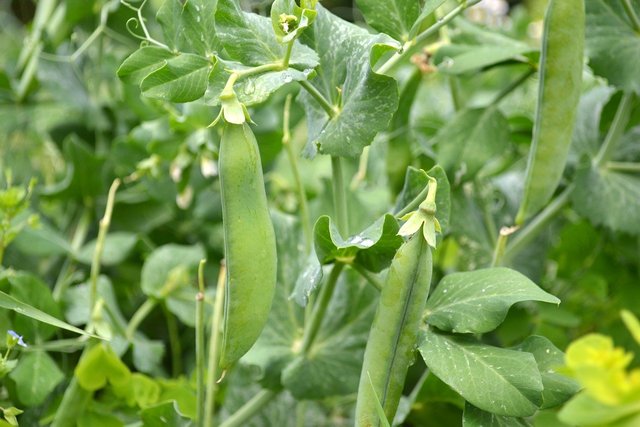 )
source
)
source - good for summer aftercrop
- fodder, ornamental plant
- low soil requirements and resistance to low temperatures, does not tolerate acidic and dry soils
- phytosanitary plant
- it can be mixed with horse beans, yellow lupine, oats, sunflower seeds, vetch
Buckbrush (California Lilac, Soap Bush)
- ornamental, perennial
- requires a warm climate,
- sunny position, sheltered from winds, with an alkaline pH, warm. The fertile soil
Serradella (Common Birdsfoot)
- for summer aftercrops, dig when it reaches a height of about 20 cm
- honey plant
- tolerates planting well in poor soils, does not have high water requirements (fog and dew are enough for it)
- loosens the soil well
- easily drowned out by weeds in the first phase of growth. Rather not suitable for newly created gardens.
Hedysarum (sweetvetch)
- over 200 species, found in Asia, Africa, Europe, and South America. In Poland, only one: the mountain ax
Astragalus (milkvetch, locoweed)
- 200 species
- Membrane astragalus used in medicine
The cowpea
- grown mainly for food
- comes from Africa, quite popular in parts of Asia and South America
- requires high temperatures, sunny position
Vicia (vetches):
- there is spring and winter vetch, so it can be planted from spring to autumn as a forecrop, summer catch crop, winter catch crop, aftercrop
- low heat and soil requirements. It only dislikes very dry soils
Contest
I realize that permaculture is not the mainstream hobby and many people may not be interested in reading posts related to that subject. For those of you who read it, I have the contest. Answer in the comment one question I will ask you below to get the chance to gain a small reward. The best answer will get 5 STEEM. The contest lasts until the next lesson is published, so approximately 2 days.
- Tell me where are you from and what green manure mentioned in the article can be used in your region. Do you know any other green manure that fix nitrogen from the air and are in use as the fertilizer in your area?
Thank you for reading,
@papi.mati





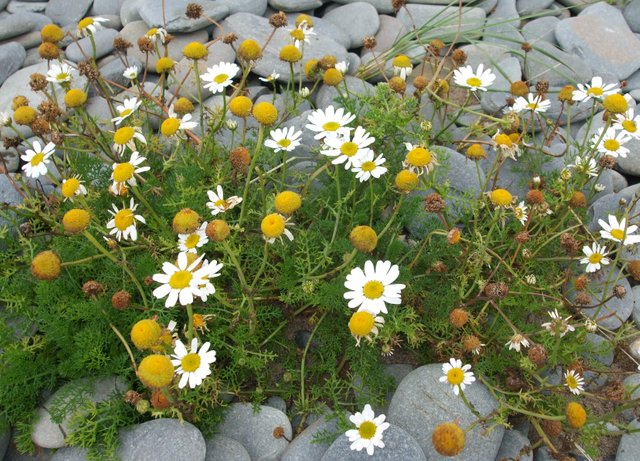
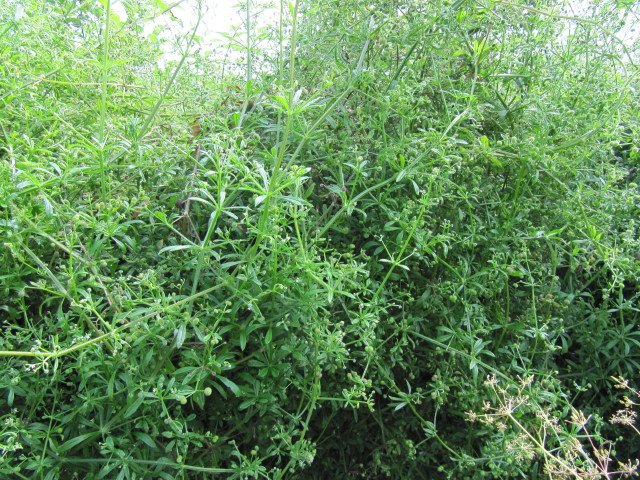
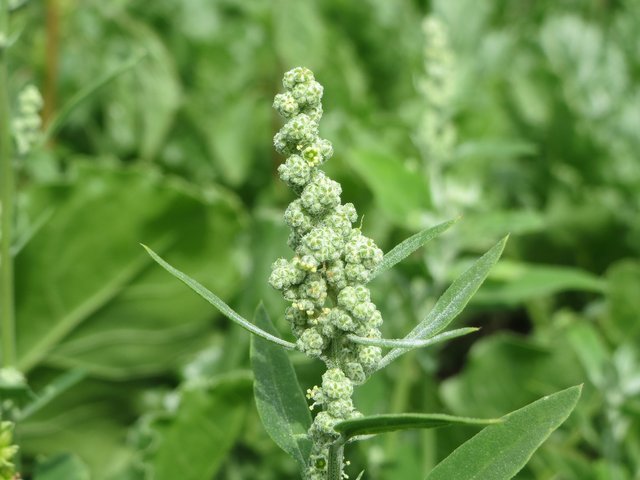
_W2_IMG_0528.jpg)

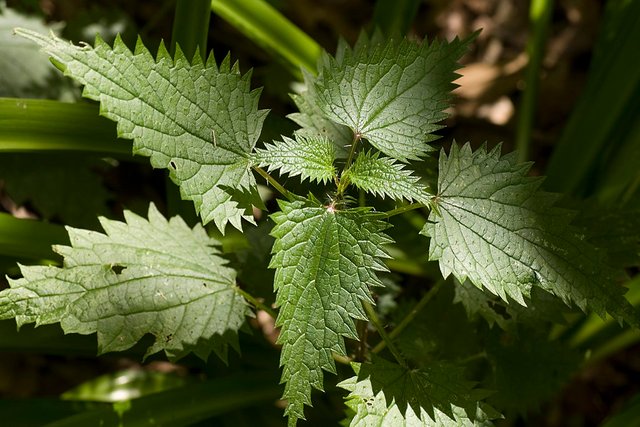











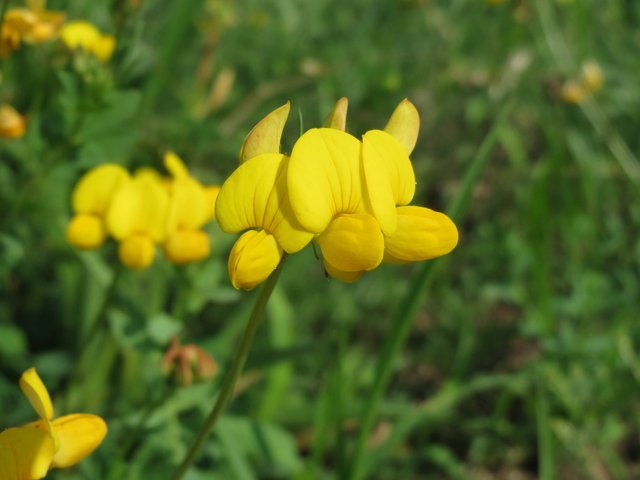




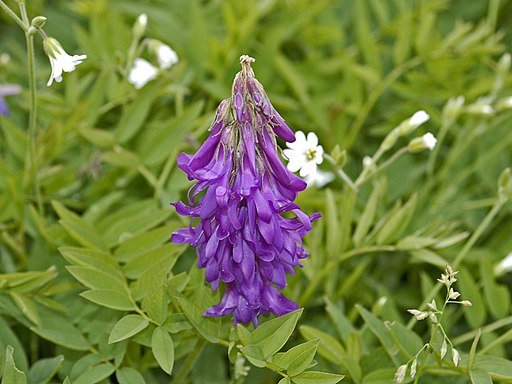



Hi and greetings from Colombia. It's great to see a post about permaculture here. The most common plant that could be used as green manure is the the cowpea, here we call it "frijol cabecita negra".
Downvoting a post can decrease pending rewards and make it less visible. Common reasons:
Submit
Thank you for stopping by and writing the comment. Yes, all the beans and cowpea are very universal and it can be used as the green manure in most of climate zones.
Downvoting a post can decrease pending rewards and make it less visible. Common reasons:
Submit
I love nature. You have interesting posts
Downvoting a post can decrease pending rewards and make it less visible. Common reasons:
Submit
Thank you. Gardening is amazing - it gives a lot of satisfaction that we create something of nothing, it's more a hobby than a job, but besides that it's a therapy for our bodies and souls. I love it.
Hugs to you!
Downvoting a post can decrease pending rewards and make it less visible. Common reasons:
Submit
Hello @papi.mati, please find my entry for this contest below-
Tell me where are you from.
I am from India. I live in West Bengal state that is in Eastern part of India. Geographically, my region comes in the Ganges delta.
What green manure mentioned in the article can be used in your region?
Peas and Cow-peas are used in my area as green manure.
Do you know any other green manure that fix nitrogen from the air and are in use as the fertilizer in your area?
Below green manures are used in my region-
(i) Moong beans (Vigna radiata)
(ii) Black gram (Vigna mungo)
(iii) Pigeon pea (Cajanus cajan)
(iv) chickpea (Cicer arietinum)
Downvoting a post can decrease pending rewards and make it less visible. Common reasons:
Submit
Thank you for your answers, @sampu! Entry approved
Downvoting a post can decrease pending rewards and make it less visible. Common reasons:
Submit
wooowww. very informative. Thanks for sharing!
Downvoting a post can decrease pending rewards and make it less visible. Common reasons:
Submit
Thank you for your comment
Downvoting a post can decrease pending rewards and make it less visible. Common reasons:
Submit
Hi @papi.mati, my entry:
Tell me where are you from?
I am from Ghana.I reside in the northern part of it.
What green manure mentioned in the article can be used in your region?
Cowpea and pea are the only green manure used in my region.
Do you know any other green manure that fix nitrogen from the air and are in use as the fertilizer your area?
Yeah, legumes which includes;
Millet(panicum miliaceum):Millet is very important in our lives. It support healthy and regular digestion.It Is rich in fibre which helps to keep us regular and also reduce the risk of cancer.
Soybean(Glycine max):Soybean is edible,we can get soy nut and ice cream from it. It is also called sojabean.
Neem(Azadirachta indica): It can be used to cure diseases from the heart and sickness such as fever.
Thank you,
@papi.mati
Downvoting a post can decrease pending rewards and make it less visible. Common reasons:
Submit